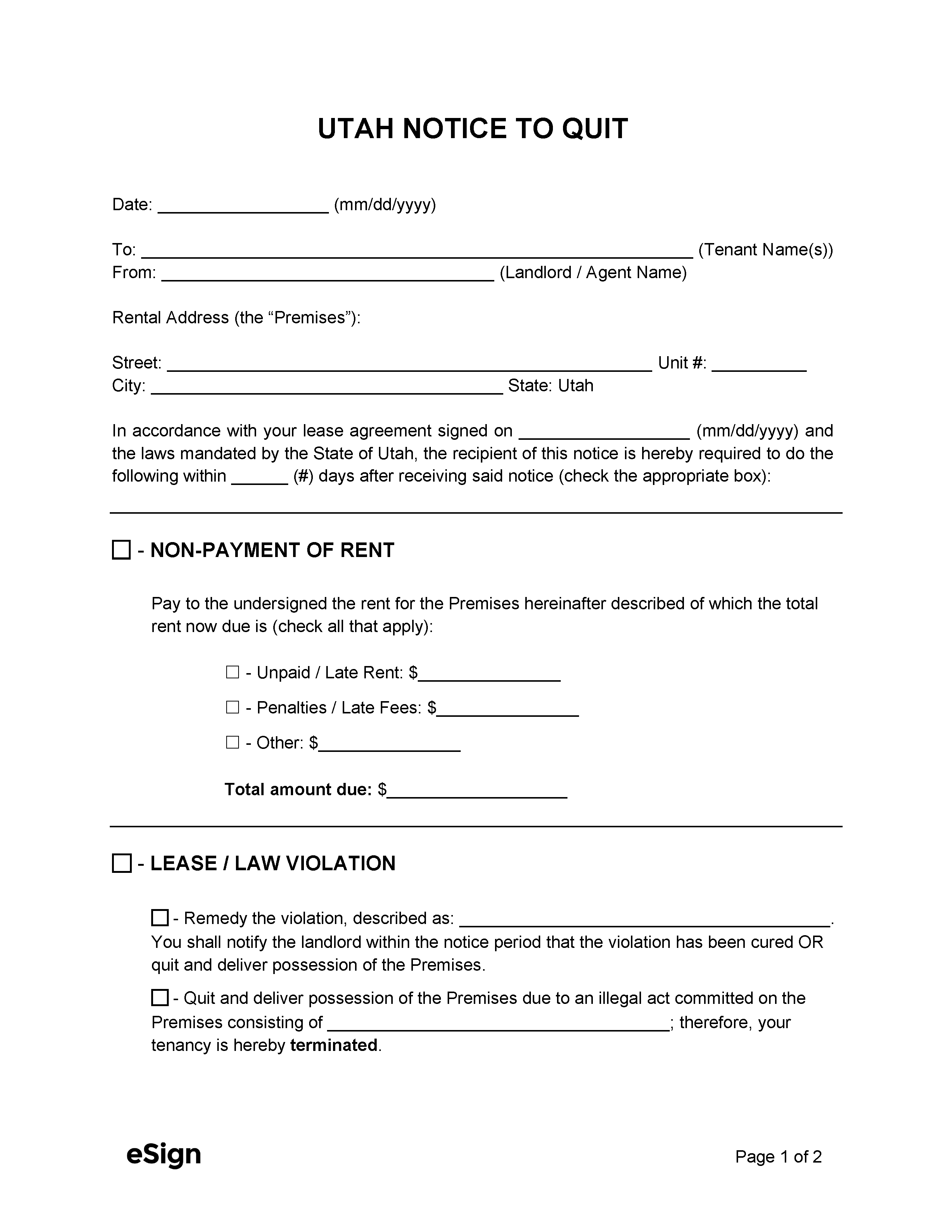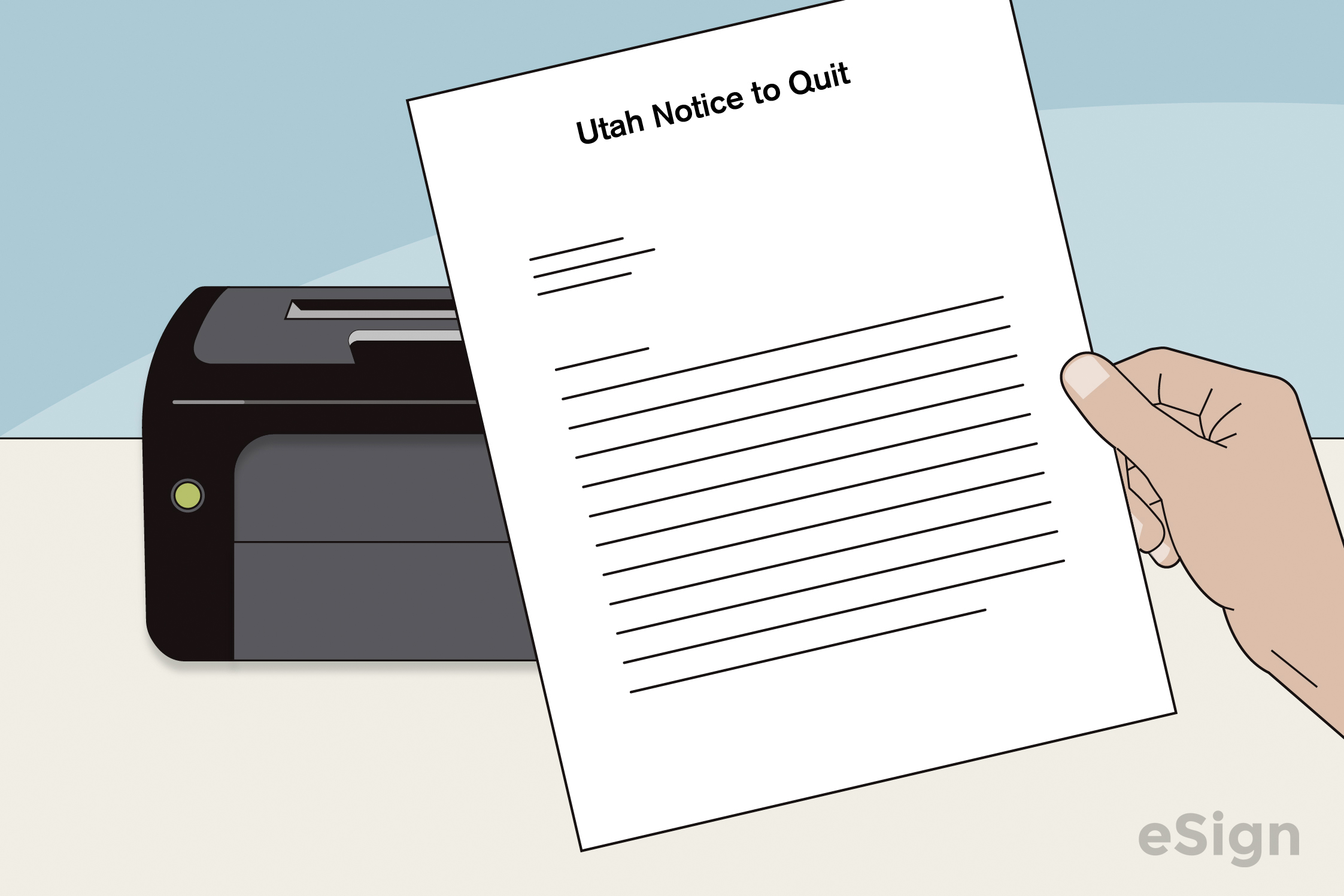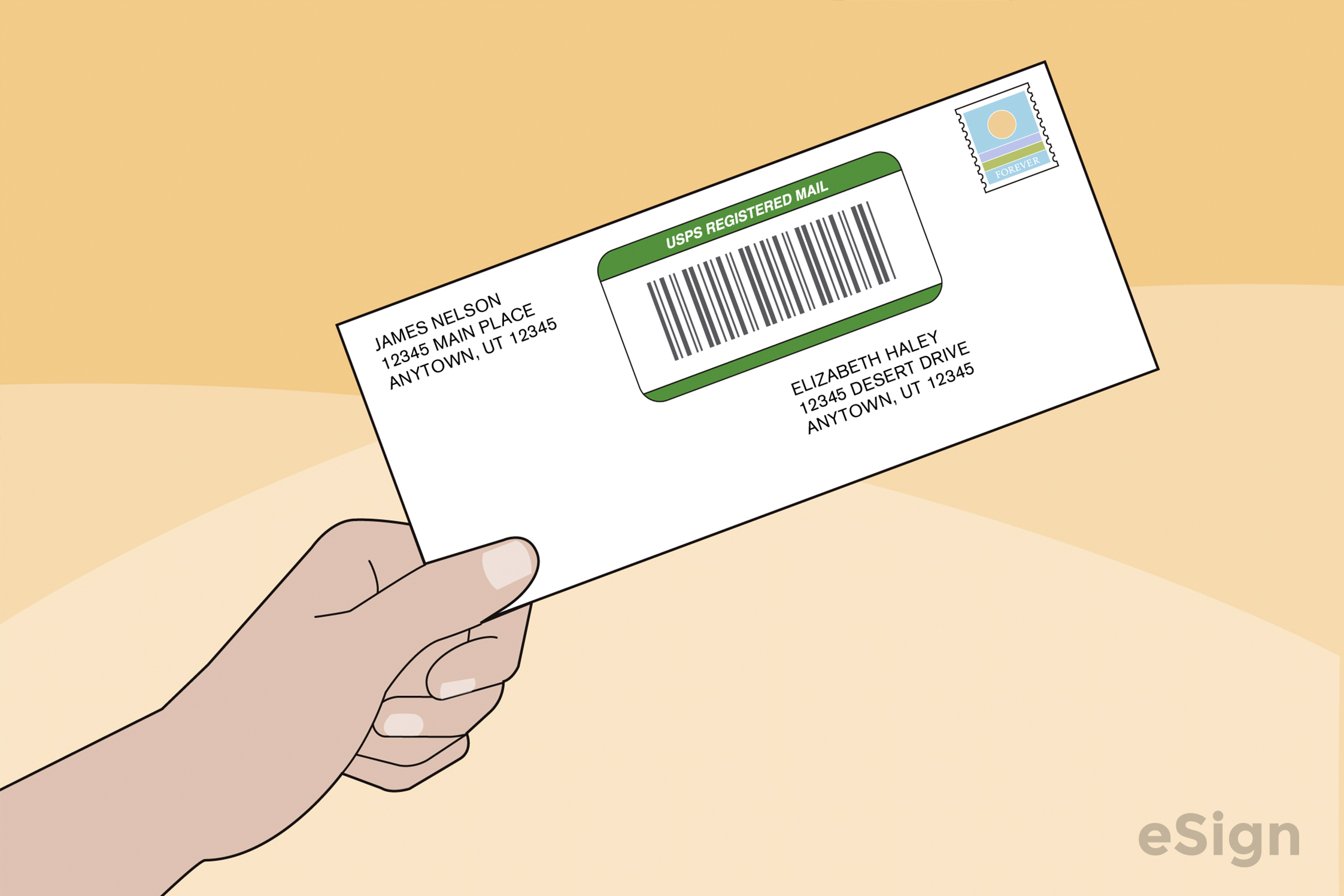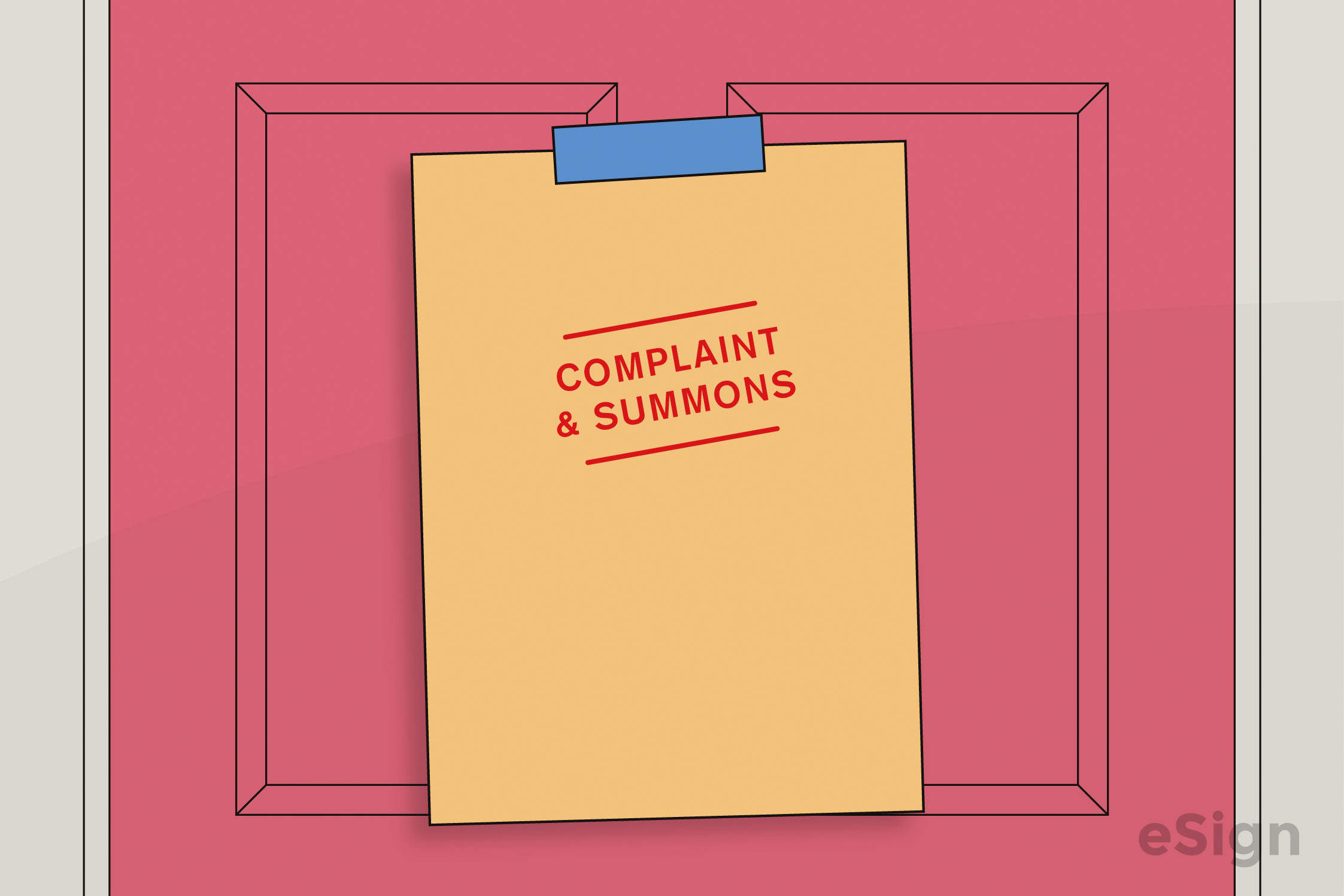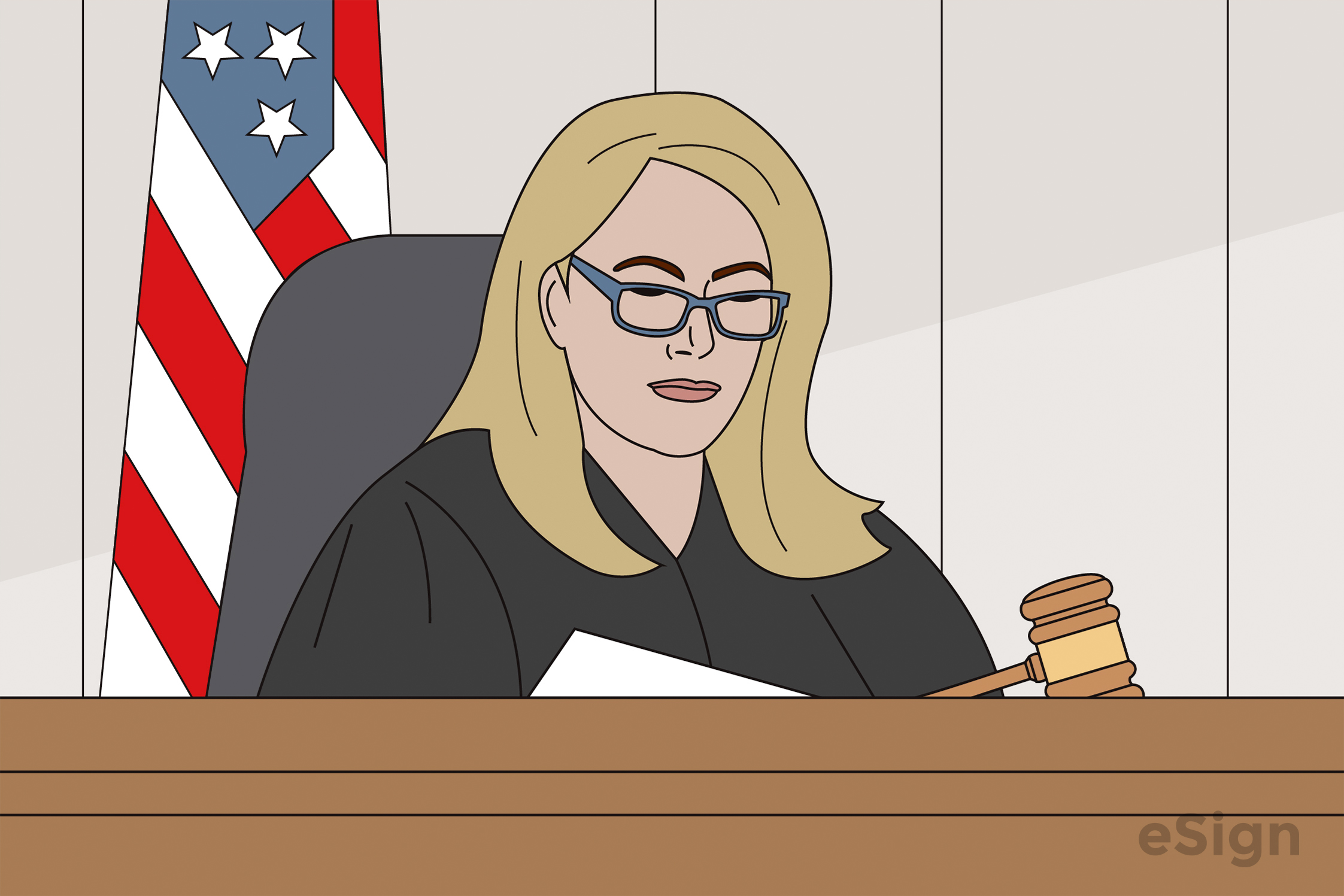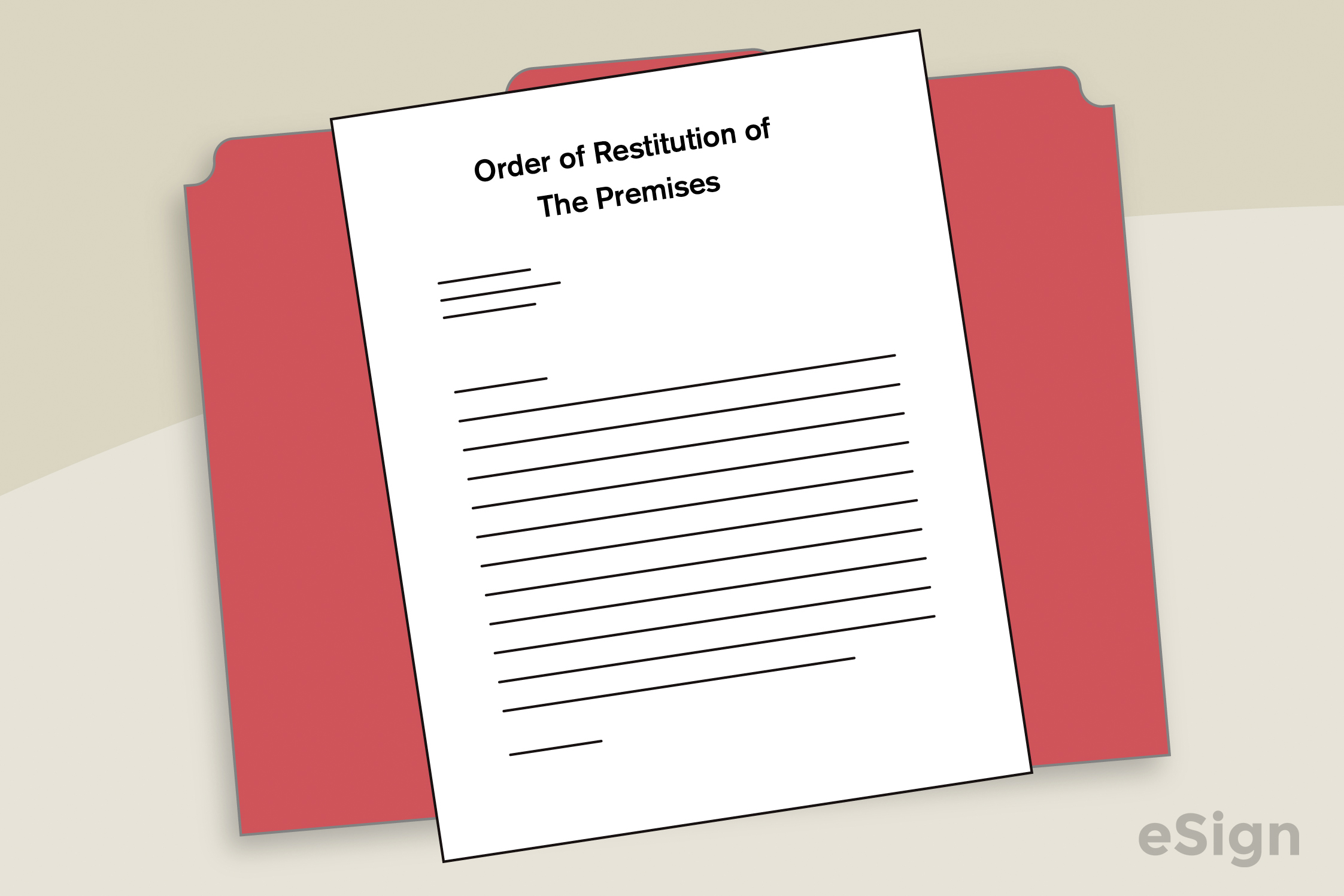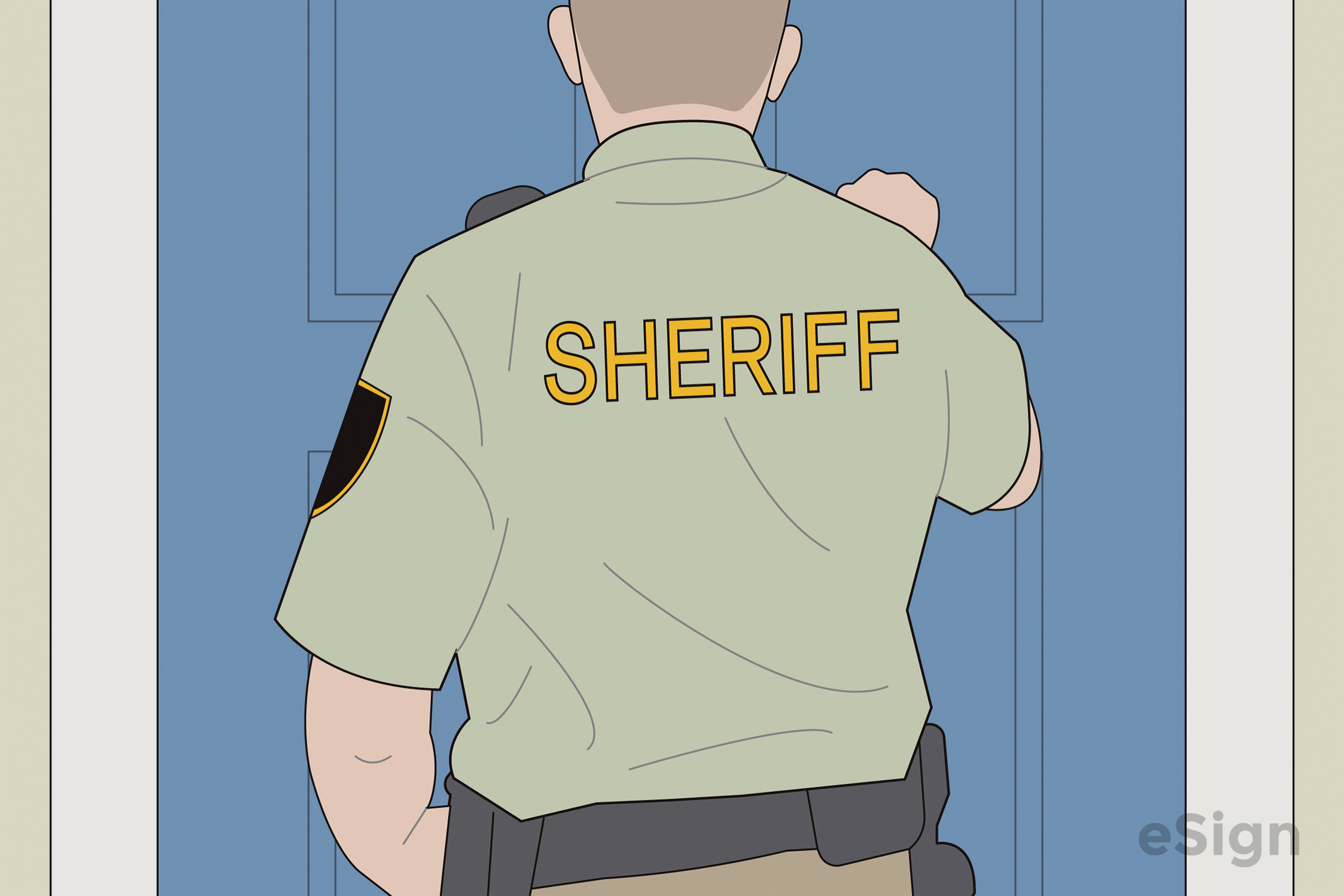Eviction Notices: By Type (11)
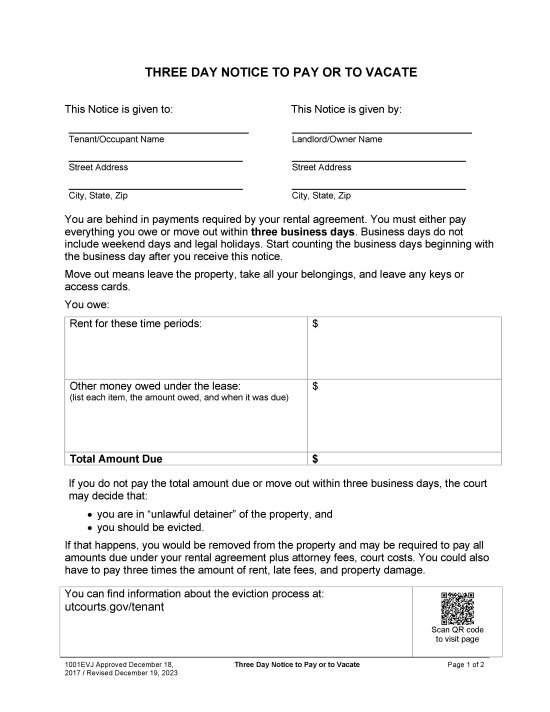 3-Day Notice | Pay or Vacate – An official notice requiring a tenant to pay unpaid rent or leave the dwelling. 3-Day Notice | Pay or Vacate – An official notice requiring a tenant to pay unpaid rent or leave the dwelling.
Download: PDF |
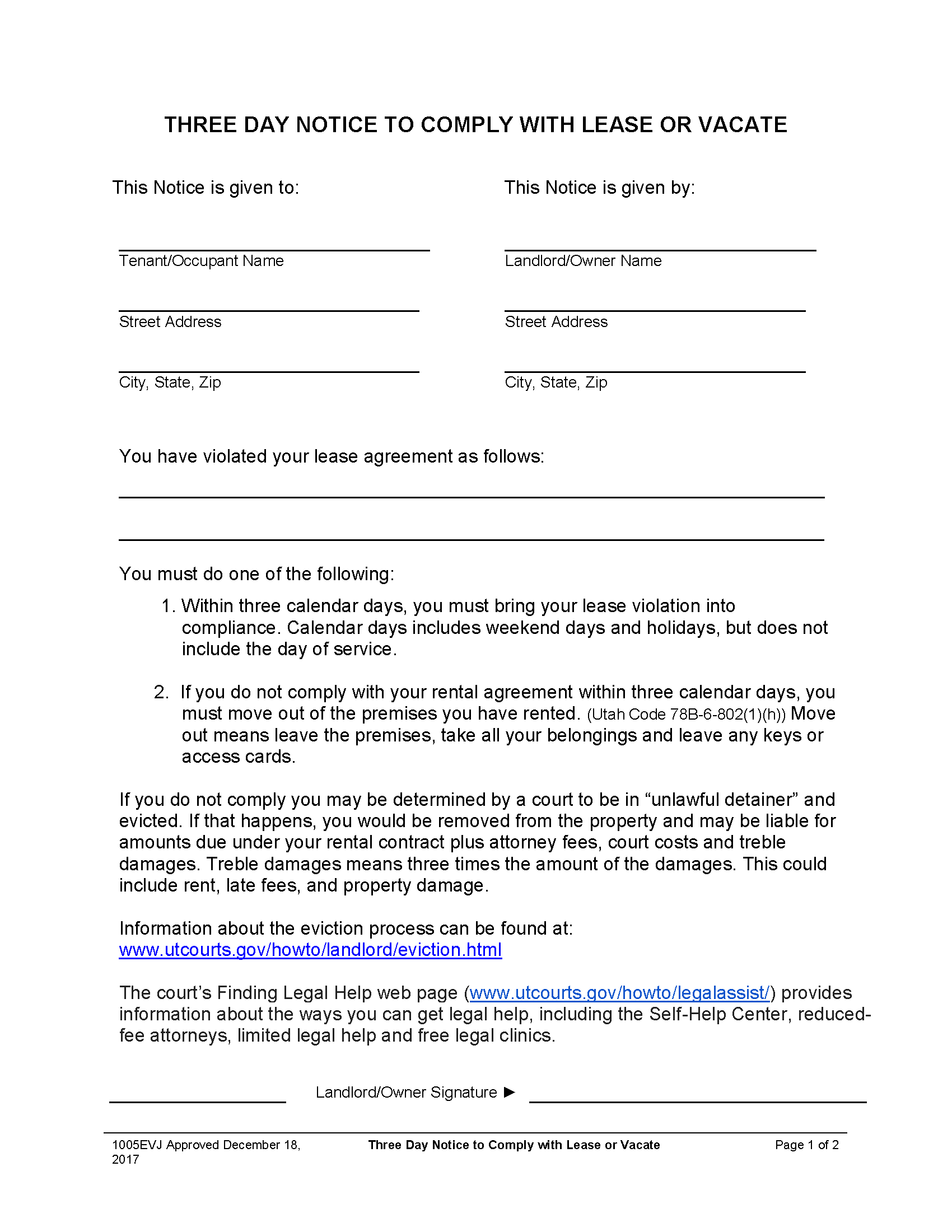 3-Day Notice | Comply or Vacate – A letter demanding that a tenant remedy a breach of their lease terms or lose their right to remain on the property. 3-Day Notice | Comply or Vacate – A letter demanding that a tenant remedy a breach of their lease terms or lose their right to remain on the property.
Download: PDF |
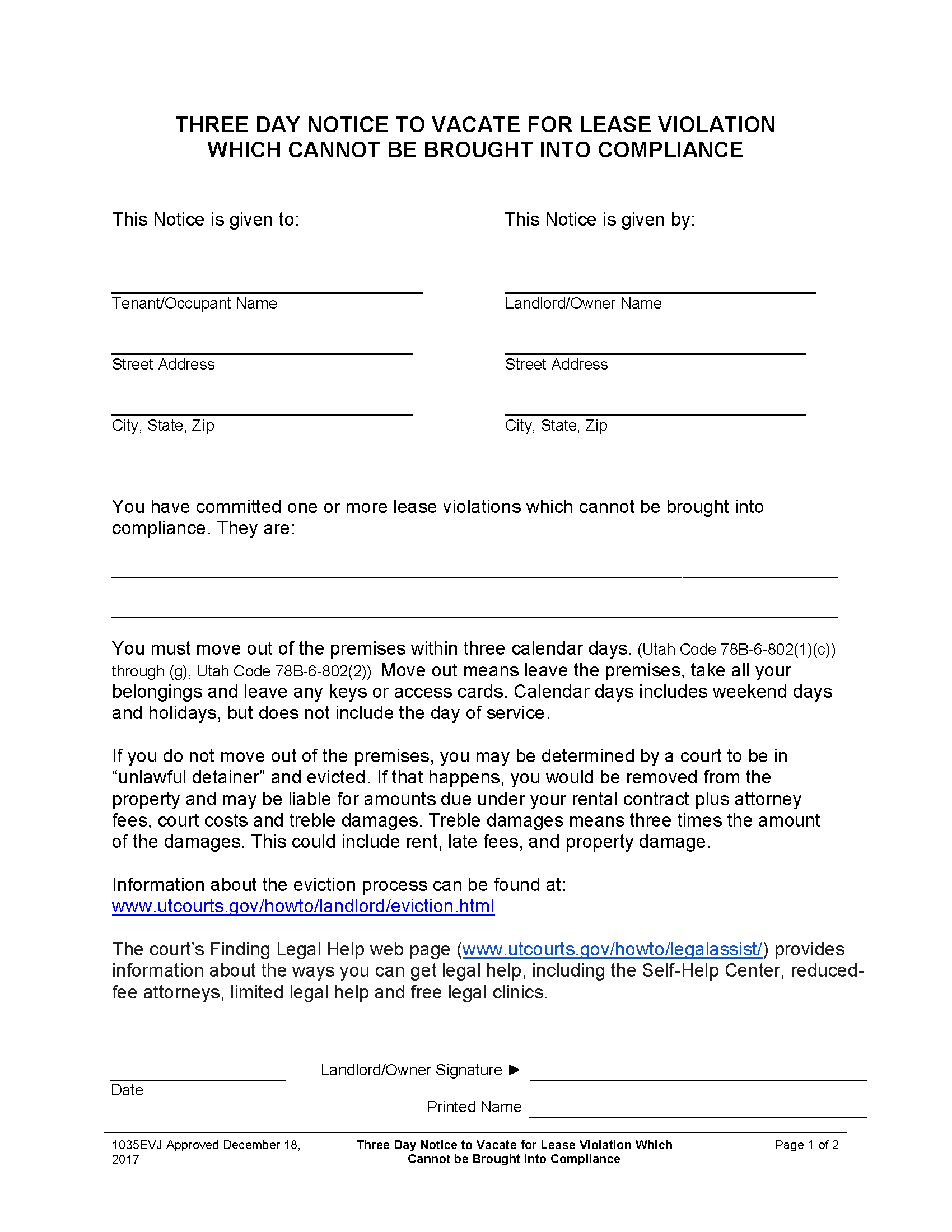 3-Day Notice to Vacate | Incurable Non-Compliance – Used to end the tenancy of a tenant who has violated the terms of their lease. 3-Day Notice to Vacate | Incurable Non-Compliance – Used to end the tenancy of a tenant who has violated the terms of their lease.
Download: PDF |
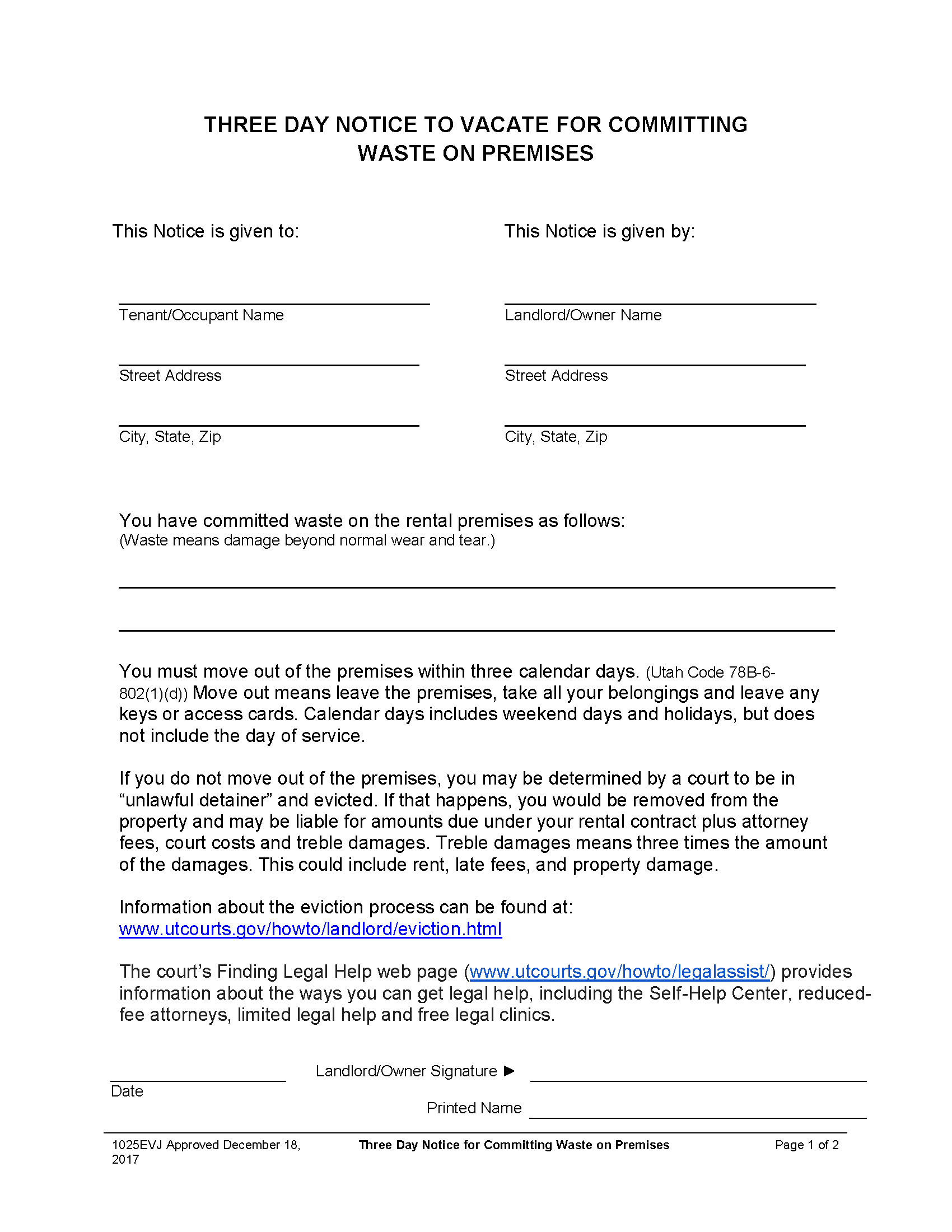 3-Day Notice to Vacate | Committing Waste – Used to notify a tenant that their lease is being terminated due to property damage. 3-Day Notice to Vacate | Committing Waste – Used to notify a tenant that their lease is being terminated due to property damage.
Download: PDF |
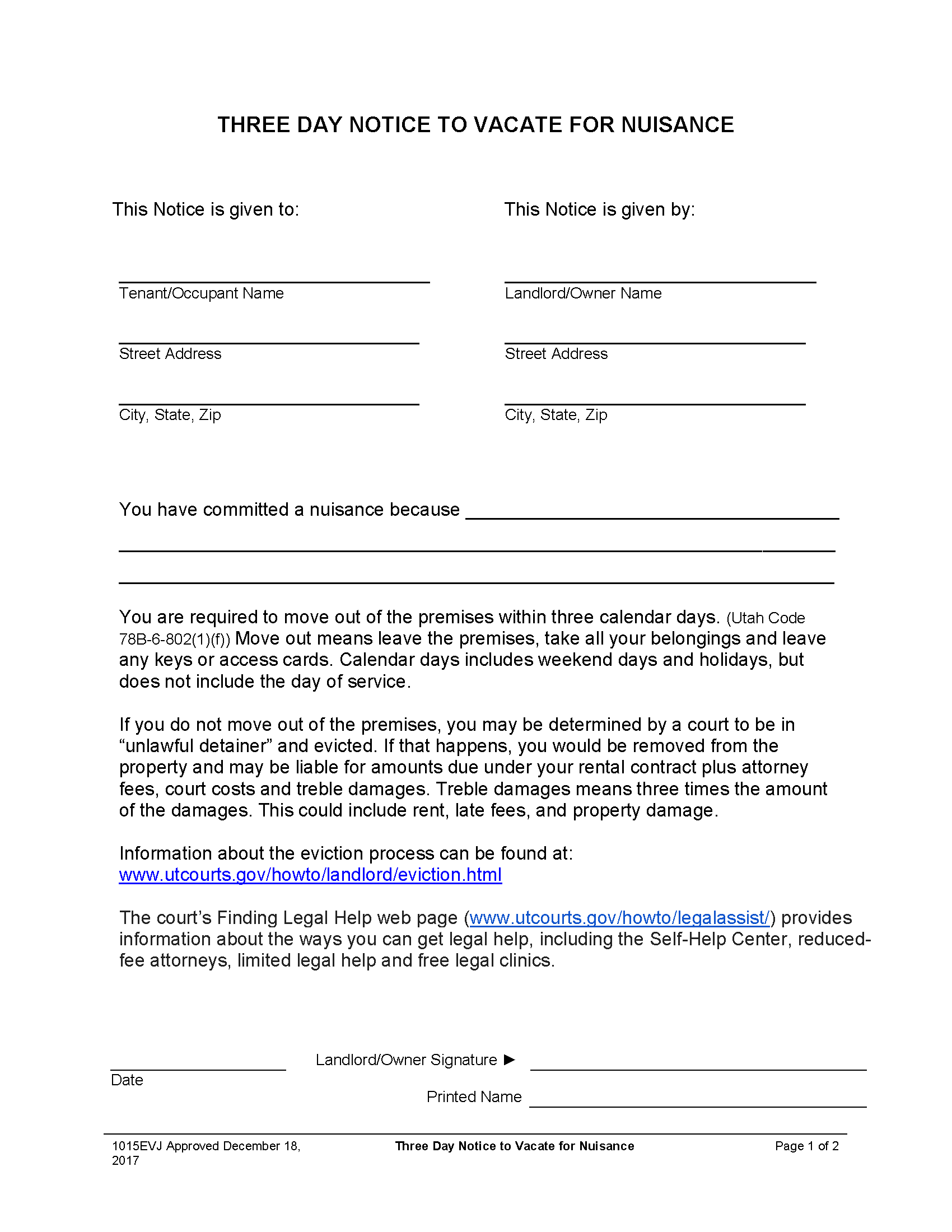 3-Day Notice to Vacate | Nuisance – Requires a tenant who has interfered with others’ wellbeing or enjoyment of the property to quit the premises. 3-Day Notice to Vacate | Nuisance – Requires a tenant who has interfered with others’ wellbeing or enjoyment of the property to quit the premises.
Download: PDF |
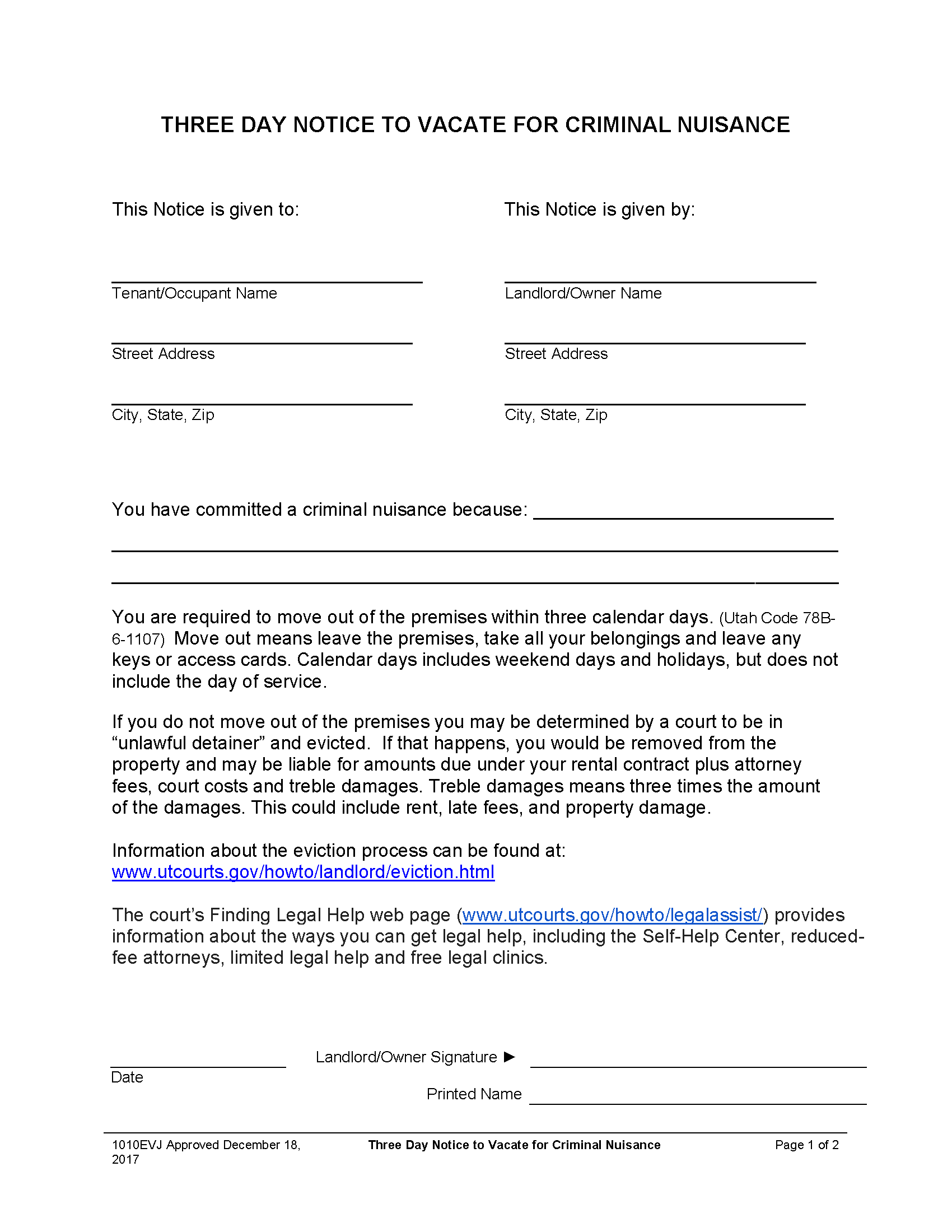 3-Day Notice to Vacate | Criminal Nuisance – Ends the lease of a tenant who has used the premises for acts such as drug dealing, prostitution, and gambling. 3-Day Notice to Vacate | Criminal Nuisance – Ends the lease of a tenant who has used the premises for acts such as drug dealing, prostitution, and gambling.
Download: PDF |
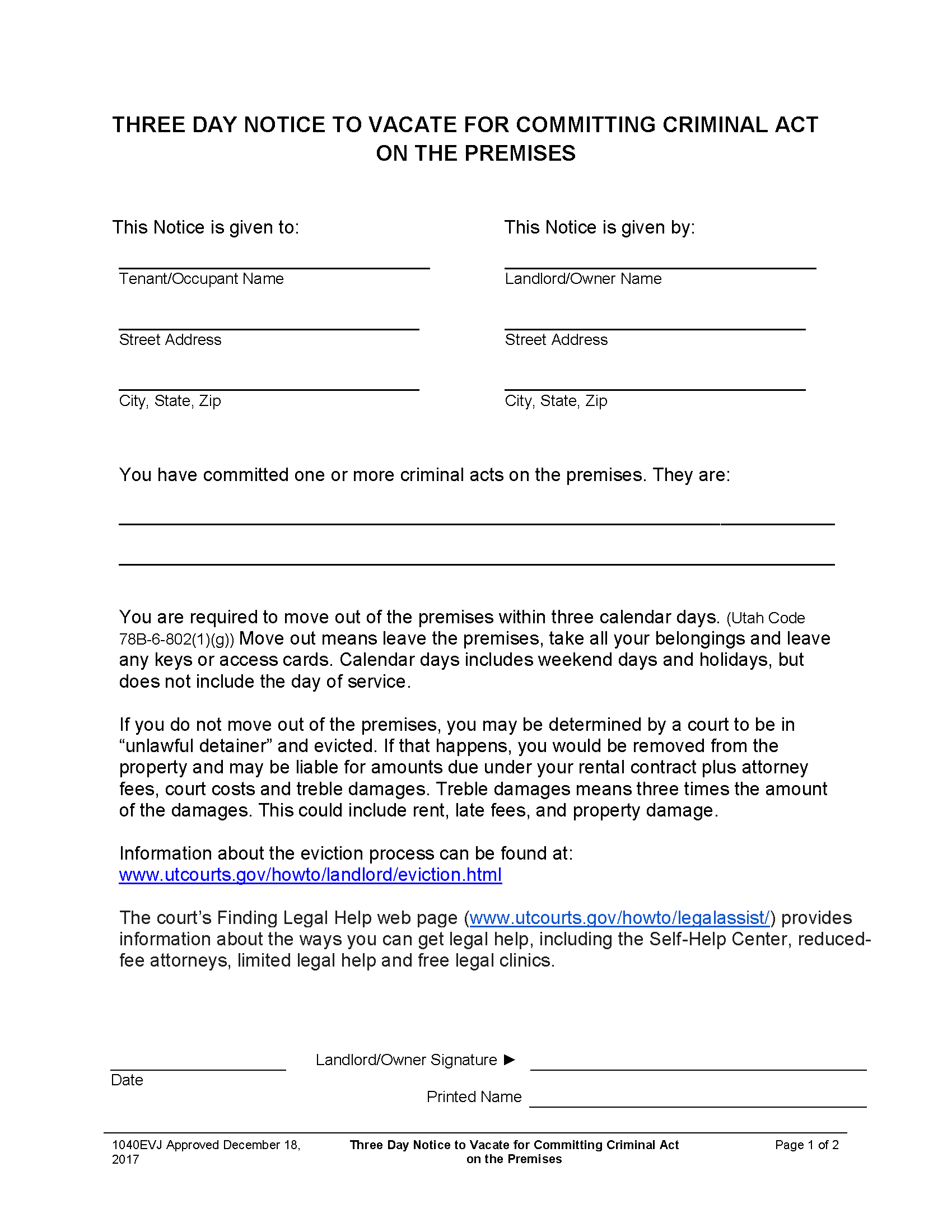 3-Day Notice to Vacate | Criminal Act – Formally notifies a tenant who has violated the law that they can no longer occupy a dwelling. 3-Day Notice to Vacate | Criminal Act – Formally notifies a tenant who has violated the law that they can no longer occupy a dwelling.
Download: PDF |
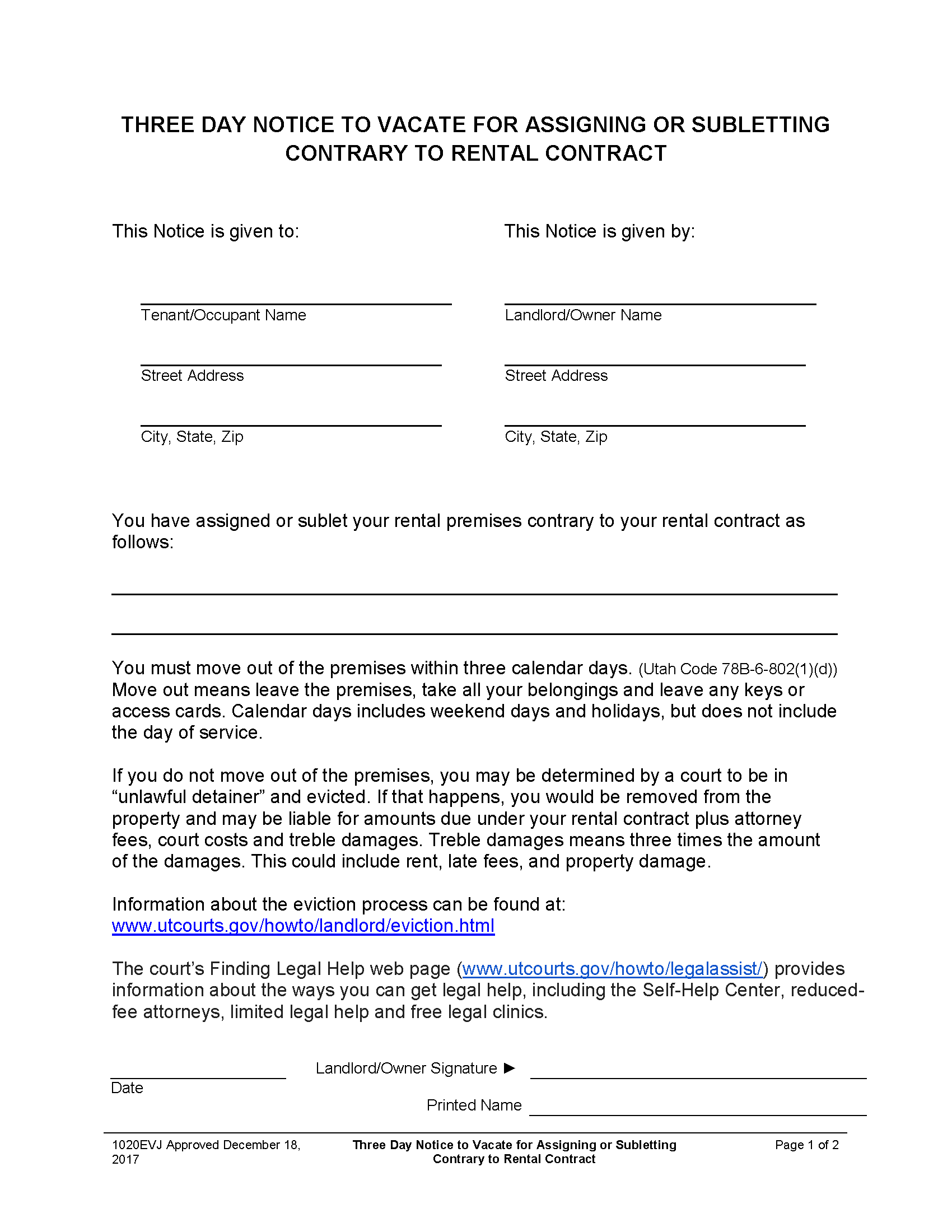 3-Day Notice to Vacate | Assigning or Subletting – A lease termination form for tenants who have sublet or reassigned their unit without permission. 3-Day Notice to Vacate | Assigning or Subletting – A lease termination form for tenants who have sublet or reassigned their unit without permission.
Download: PDF |
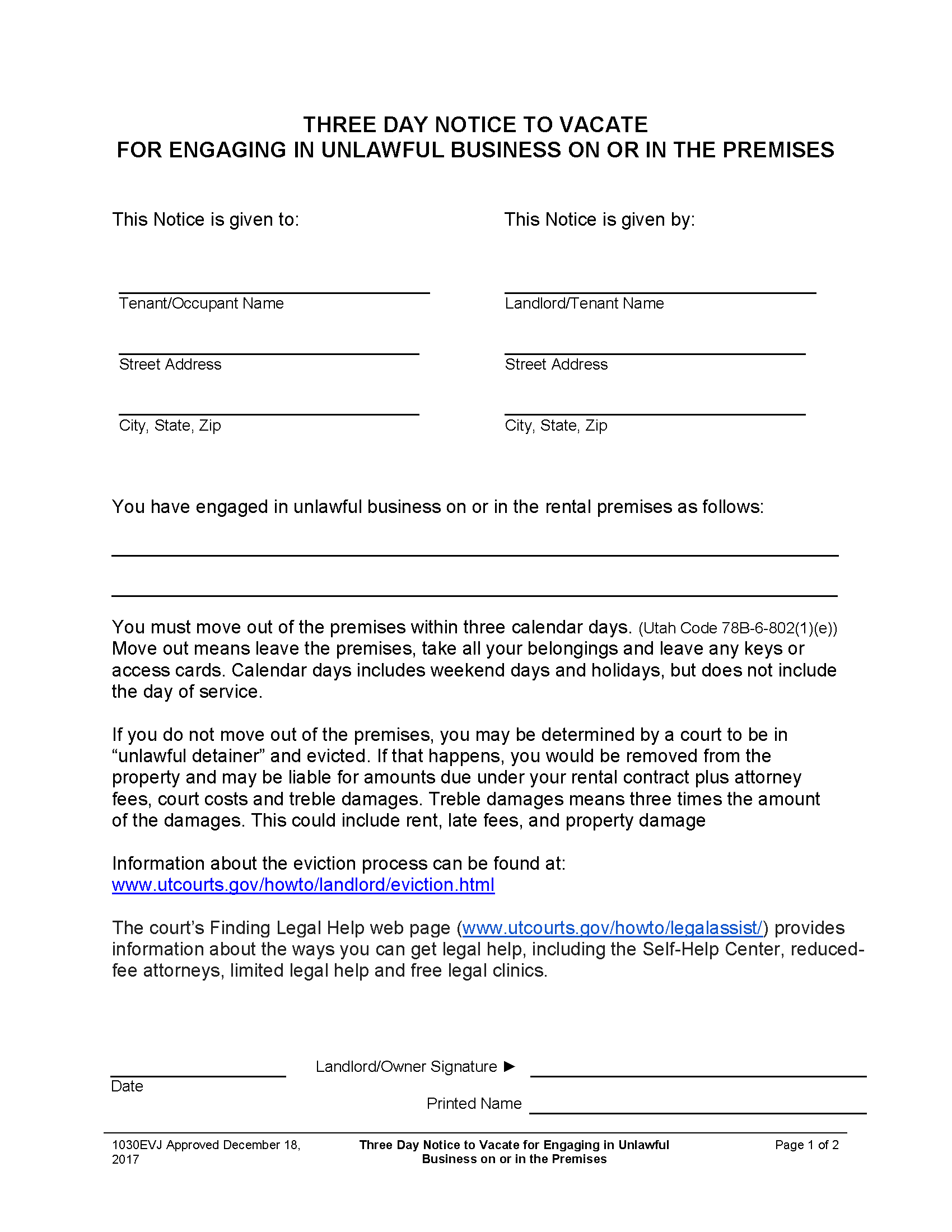 3-Day Notice to Vacate | Unlawful Business – Terminates the lease of a tenant who has operated an unlawful business on the premises. 3-Day Notice to Vacate | Unlawful Business – Terminates the lease of a tenant who has operated an unlawful business on the premises.
Download: PDF |
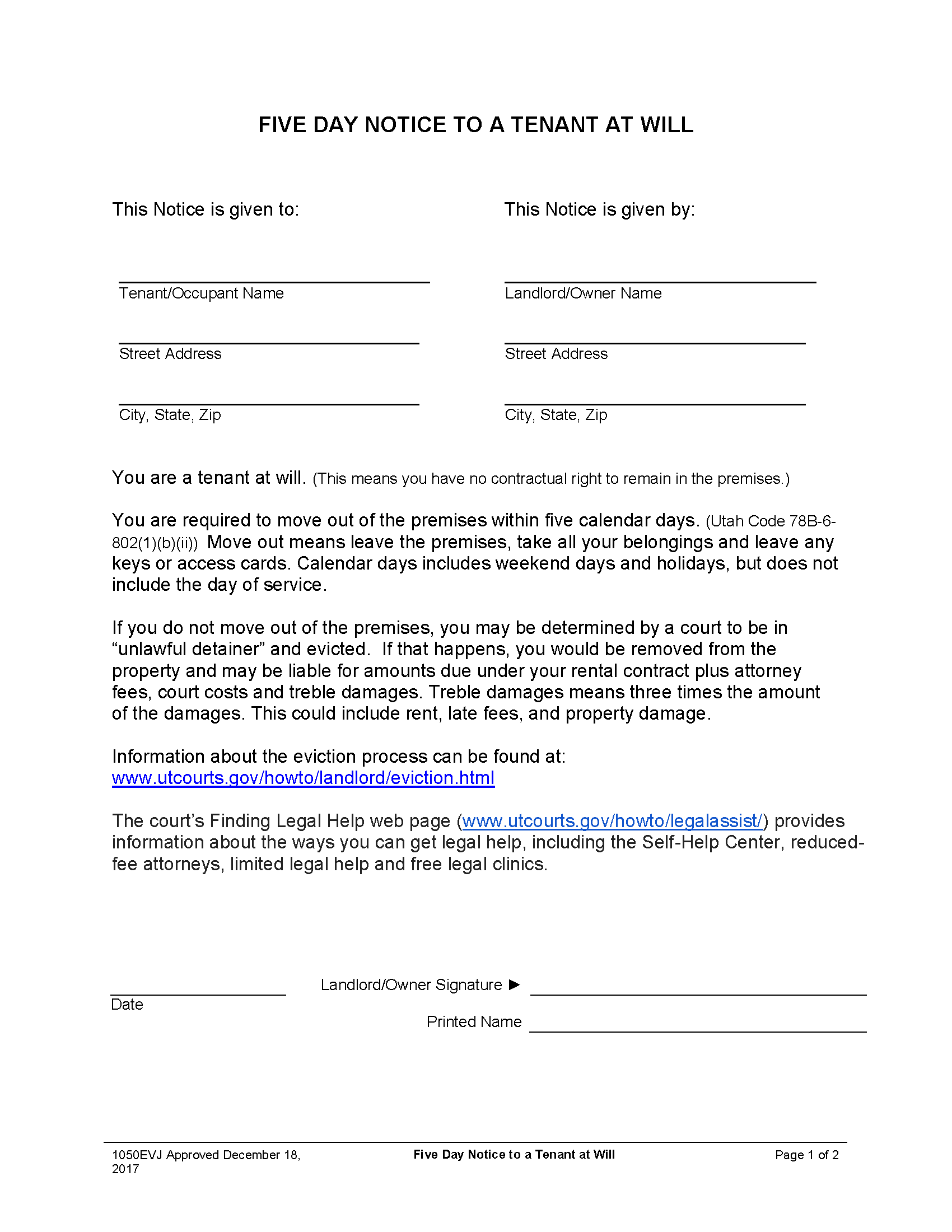 5-Day Notice to Vacate | Tenancy At-Will – Used to end the tenancy of an at-will tenant without an oral or written lease agreement. 5-Day Notice to Vacate | Tenancy At-Will – Used to end the tenancy of an at-will tenant without an oral or written lease agreement.
Download: PDF |
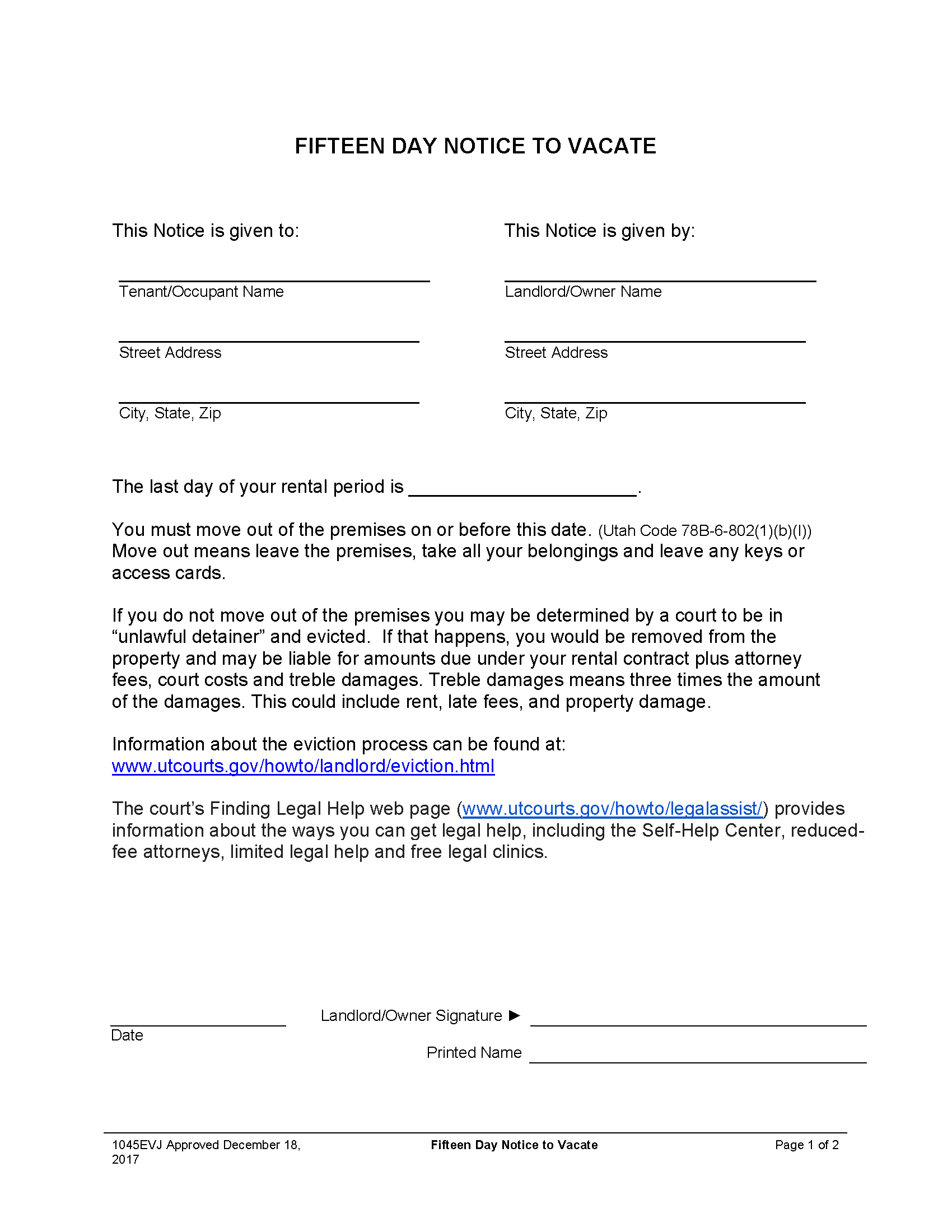 15-Day Notice to Vacate | Lease Termination – Used to end a periodic lease by giving 15-days’ notice before the end of the rental period. 15-Day Notice to Vacate | Lease Termination – Used to end a periodic lease by giving 15-days’ notice before the end of the rental period.
Download: PDF |
Notice Requirements
- Grace Period for Rent – Not mentioned in state statutes.
- Non-Payment of Rent – 3 days.[1]
- Lease Non-Compliance – 3 days.[2]
- Month-to-Month Tenancy Termination – 15 days.[3]
- Property Damage, Unauthorized Assigning/Subletting – 3 days.[4]
- Nuisance, Unlawful Business, Criminal Act – 3 days.[5]
- Tenancy At-Will – 5 days.[6]
How to Evict a Tenant in Utah
Step 1 – Prepare Notice to Vacate
The first step in removing an unwanted tenant is preparing the appropriate notice to vacate to serve on them. A tenant may be required to vacate due to a violation or because the landlord wishes to terminate a periodic tenancy.
- 3-Day Notice to Pay or Vacate
- 3-Day Notice to Comply or Vacate
- 3-Day Notice for Non-Remediable Violation
- 3-Day Notice for Committing Waste
- 3-Day Notice for Nuisance
- 3-Day Notice for Criminal Nuisance
- 3-Day Notice for Criminal Act
- 3-Day Notice for Assigning or Subletting
- 3-Day Notice for Unlawful Business
- 5-Day Notice for Tenancy At-Will
- 15-Day Notice to Vacate (Lease Termination)
Step 2 – Serve Notice to Vacate
The completed form must be served (by the landlord or any individual) using one of the following methods:
- In person to the tenant
- By certified or registered mail
- To a person of suitable age, with a copy mailed to the tenant (if they are not home)
- By posting it on the premises (if the tenant is away and no one of suitable age is home)
Step 3 – Online Court Assistance Program
If the notice period expires and the tenant doesn’t leave, the landlord can file an unlawful detainer (eviction) suit at their district court.
The landlord must create an account on the Online Court Assistance Program (OCAP) and go through the interview process to create their eviction forms. Once the interview is complete, OCAP will provide the Complaint and Summons forms.
Step 4 – Serve Complaint and Summons
The landlord must file the following with the court:
- Summons
- Complaint
- Notice to Defendant of Disclosure Requirements
- A copy of the lease and eviction notice
- An explanation of the eviction reason
- An itemized list of any amounts owed by the tenant (if applicable)
The landlord must arrange to have the Summons and Complaint served on the tenant (usually by a sheriff, constable, or process server). The serving party will then give the landlord a Proof of Completed Service for them to file with the court.
Step 5 – Tenant’s Answer
The tenant must respond within three days by filing an Answer with the court and serving it on the landlord. Failing to respond allows the landlord to file a Motion for Default Judgment to obtain an Order of Restitution without a hearing or trial.
Step 6 – Occupancy Hearing
Either party may request an occupancy hearing after the tenant’s response is filed.
At the hearing, the judge will determine which party has the right to the premises. If the landlord wins, the judge will issue an Order of Restitution, granting the landlord possession of the premises (a default judgment against the tenant will be ruled if they fail to appear).
If the judge cannot resolve the case at the hearing, they may schedule an additional trial.
Step 7 – Order of Restitution of the Premises
An officer, constable, or private investigator will serve the following forms on the tenant:
- Order of Restitution – Requires the tenant to move out within three days or be forcibly removed from the premises.
- Request for Hearing Regarding Enforcement of an Order of Restitution – Can be filed by the tenant to object to the Order for Restitution.
Step 8 – Removal
If the tenant has not moved out within three days, and the court rejects any request for an additional hearing, an officer will evict them from the residence and remove their belongings.
Court Forms + Resources
Court Forms
- Answer
- Signed by: Tenant
- Complaint
- Signed by: Landlord
- Motion for Default Judgment
- Signed by: Judge
- Notice to Defendant of Disclosure Requirements in Unlawful Detainer Actions
- Signed by: Landlord
- Objection to Form of Order
- Signed by: Tenant
- Order of Restitution
- Signed by: Judge
- Request for Hearing Regarding Enforcement of an Order of Restitution
- Signed by: Tenant
- Summons
- Signed by: Landlord
Resources

